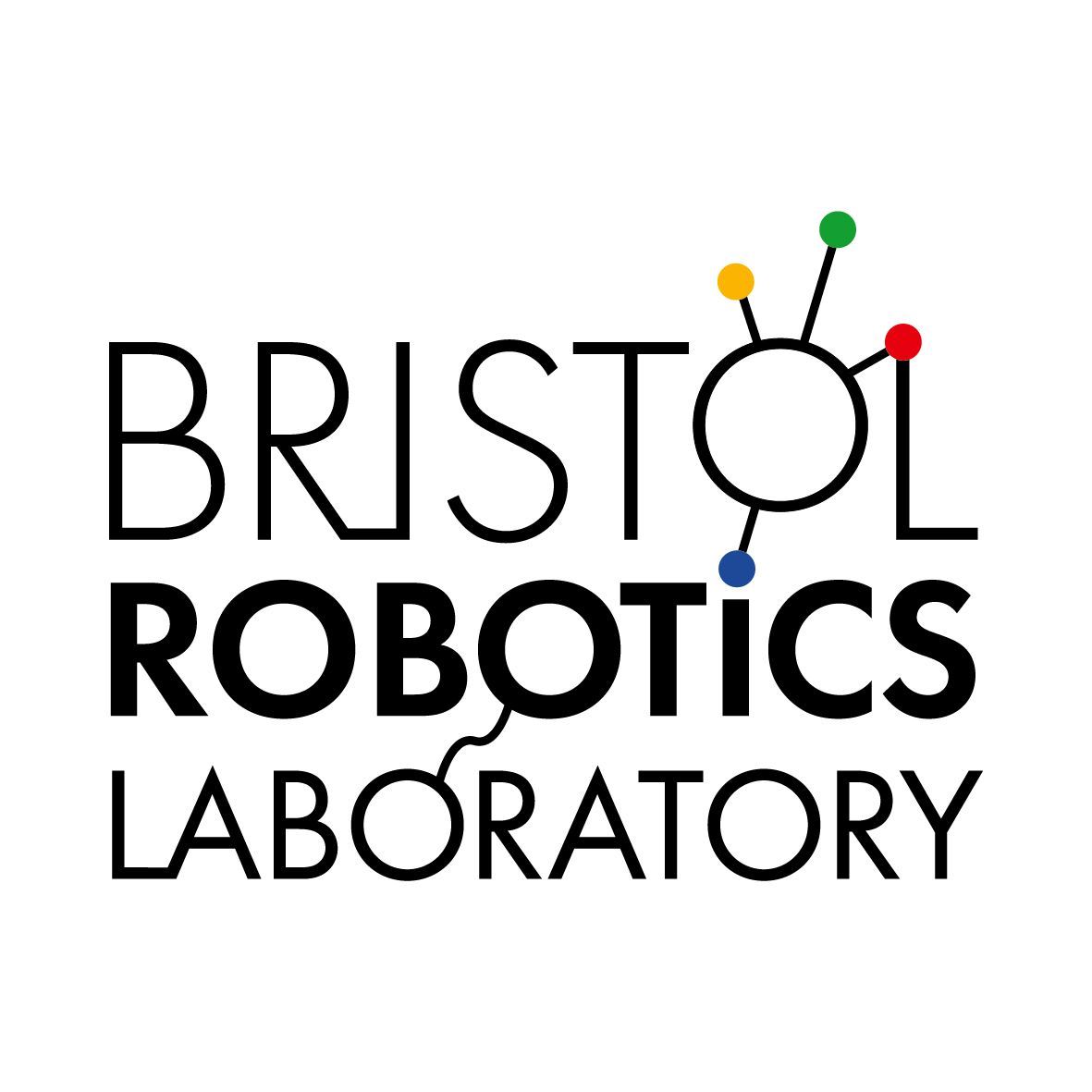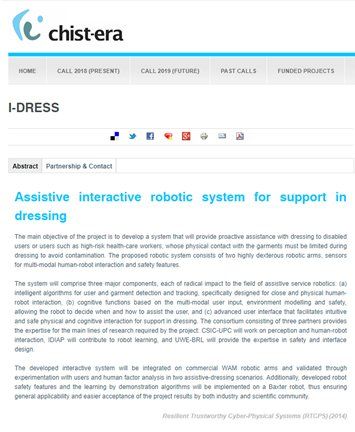Dexterous Manipulation & Medical Robotics
Robotic technology is able to provide precise and accurate sensing and movement capabilities. Our group looks at the application of such technology in human-controlled surgical applications.
Improving patient and surgeon experience via robotic technology.
Current Projects
ARTEMIS:
Advanced Robotic Breast Examination Intelligent System
Funded by EPSRC and Cancer Research UK. Development of robotic palpation sensors for breast lump early detection, using soft materials and haptic technologies.
Tangible Conversations:
Funded by EPSRC. A co-design project between hearing and deaf communities, exploring communication, technologies and art.
Robotic prostate cancer diagnosis/treatment
Funded by EPSRC FARSCOPE CDT. Collaboration with Bristol Urological Institute. Modelling and development of robotic tools and simulator for biopsy and treatment of prostate cancer (Local anaesthetic transperineal prostate biopsy and Brachytherapy).
Haptic Teleoperation for Space applications:
Funded by EPSRC FARSCOPE CDT and Thales Alenia Space, UK. Investigation of effects and mitigation of teleoperation delays using haptic interfaces
Teleoperation in extreme environments (space and nuclear robotics)
Funded by EPSRC FARSCOPE CDT and NCNR (EPSRC). Development and optimisation of sensorised grippers and hand exoskeletons for dexterous manipulation
Medical Robotics Projects (Past)
The proposed robotic system consists of two highly dexterous robotic arms, sensors for multi-modal human-robot interaction and safety features.
The system will comprise three major components:
intelligent algorithms for user and garment recognition, specifically designed for close and physical human-robot interaction,
cognitive functions based on the multi-modal user input, environment modelling and safety, allowing the robot to decide when and how to assist the user, and
advanced user interface that facilitates intuitive and safe physical and cognitive interaction for support in dressing.
The developed interactive system will be integrated on commercial WAM robotic arms and validated through experimentation with users and human factor analysis in two assistive-dressing scenarios.
This project will enable reduction on carer support burden by supporting the assisted person to dress independently.
Rehabilitation for the hand
Robotic rehabilitation for the restoration of hand motor function following stroke.
Stroke is the most common cause of severe disabilities in the developed world. Over 1/3 of stroke victims sustain long-term moderate to severe disabilities. This can include motor limitation in the extremities with hand function often impaired and only 14% of stroke survivors recovering full sensory motor function in the arm.
In England and Wales over 130,000 people have strokes every year and there are more than 900,000 people suffering from the after effects of a stroke living in England. Half of the current stroke survivors in the UK with affected motor skills are therefore dependent on others for activities of daily living. A critical part of regaining independence is the use of the hand for tasks such as pinching or grasping an object in order to manipulate it within everyday life.
15 DOF exoskeleton
This has lead to the development of a novel, 15 degree of freedom, parametrically designed exoskeleton, including a novel four-bar mechanism for supporting the opposition motion of the thumb. The exoskeleton is based around a kinematic model of the human hand as it grasps an object and is fully customisable within a CAD environment. This allows for the mechanical joints to lie coincident to natural joint axes, improving bio-compatibility and the ability of the device to offer natural grasping motion. Control complexity is offset into embedded mechanical intelligence through the use of a novel synchro-motion pulley system which provides the greatest range of functional motion possible with a reduced number of actuators.
A prototype exoskeleton has been assembled and assessed in its ability to deliver normal hand function for everyday activities. Tests with healthy subjects and those affected by stroke have shown positive results with the device feeling comfortable with natural grasping motions allowing subjects to complete a range of tasks. It should be noted that unfortunately this technology is not currently available for distribution for clinical or home use. However, it is hoped that with further funding, more research can be undertaken to make home-based hand exoskeletons a more practical option than ever before.
INTRO - intelligent interface design
The INTRO project offered ten young researchers a unique training program to assist their career development in the interdisciplinary areas of Interactive Robotics
The INTRO project - elaborated in close cooperation between universities and industry - will offer ten young researchers (8 Early Stage Researchers and 2 Experienced Researchers) a unique training program to assist their career development in the interdisciplinary areas of Interactive Robotics: Cooperative Robot Learning; Cognitive Human-Robot Interaction (HRI) and Intelligent Interface Design.
Program aims
INTRO's overall objective is to contribute to create a new generation of researchers with a broad understanding of the research and technologies needed to build intelligent robots that function in close interaction with humans in unstructured, changing "real word" conditions.
The research will develop the necessary foundations to expand robots into new markets by creating novel systems with cognitive and multi-modal interaction abilities. A strong multidisciplinary approach will complement specialised domain knowledge to enhance career prospects for the ESRs/ERs The industrial participation will endow the trainees with good insight into product life-cycle and provide unique training and valuable hands-on experience in top-level robotics development.
Program details
There are four major components to the training program:
- In the research program, each researcher will engage in an individual research project in close cooperation with well established researchers from the partner institutes.
- In addition, the research will be transferred to an operational platform in industry.
- A joint training program will facilitate strong theoretical training. This includes a series of seminars and network-wide workshops.
- Each ESR will also undergo a Secondment and have short visits to other partners.
Other Network training activities will further strengthen the training program together with courses and activities providing complementary skills such as participation in project management, organization of workshops, presentation of research results, and courses in communication techniques, proposal writing, IPR etc.
SOCRATES

The research in Social Robotics has a common theme of Interaction Quality, which is a concept for characterisation of how a specific mode of interaction is fit for a given task, situation, and user. Interaction Quality is a complex interplay between several performance measures and design parameters as well as user’s behaviour and attention.
In SOCRATES we address these issues from a range of perspectives: Emotion: novel multi-modal methods to perceive human emotions from facial expressions, body motion, auditory and language cues; Intention: new techniques to infer human goals and intention from natural language and video analysis; Adaptivity: techniques to adapt a robot’s behaviour to user needs; Design: Novel design methods for hardware, interfaces, and safety; Acceptance: Procedures for evaluation of user acceptance.
At Bristol Robotics Laboratory, we are working on Robot Ethics for Acceptance and Human-Robot Interaction Safety for Design, the two aspects we consider essential for deploying robotic systems in different real world scenarios. As Robotics and autonomous systems (RAS) are increasingly emerging as disruptive technologies with the potential to provide personalised and cost effective support for a range of care-related tasks for ageing population, safety in dynamic environments with vulnerable users and maintaining ethical use of the technology is required to ensure real-world deployment and commercialisation.
For more information visit: www.socrates-project.eu
Medical Robotics Projects (Past)












